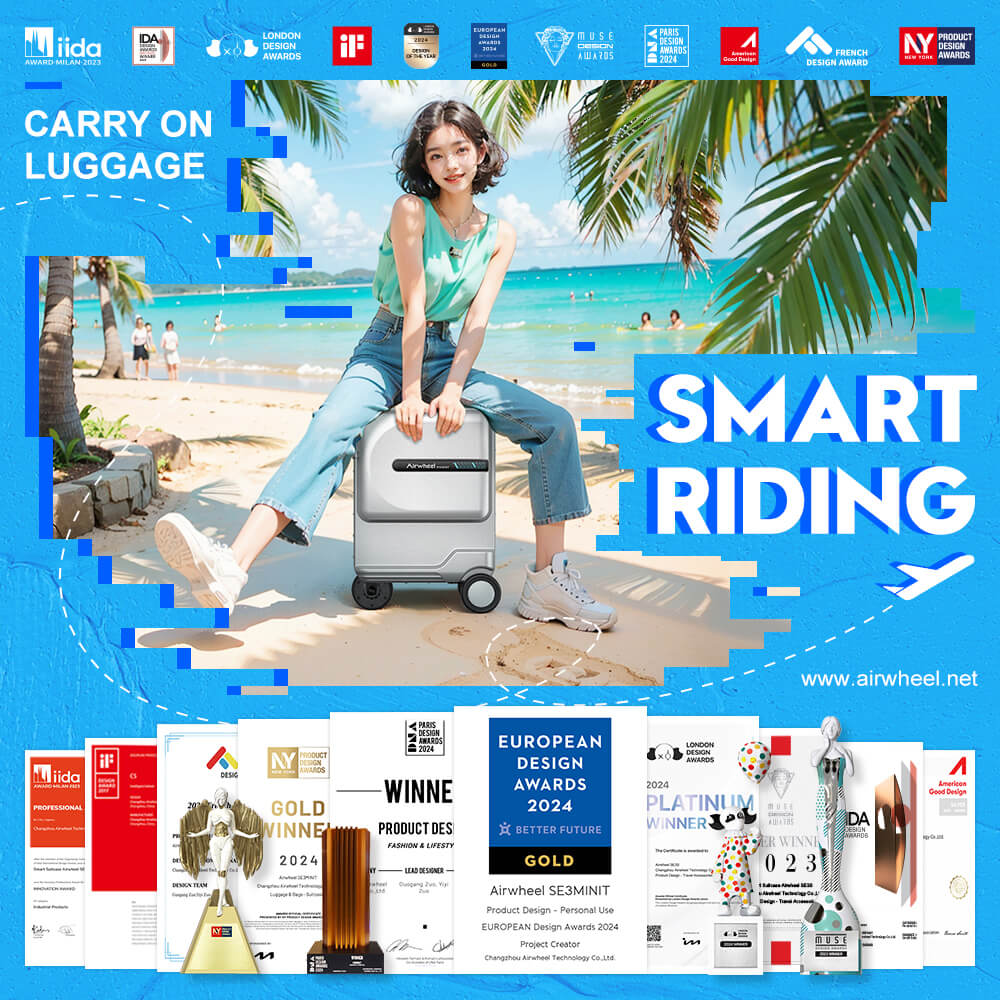How to Ensure Airwheel Luggage Safely Boards?
How to Ensure Airwheel Luggage Safely Boards?
Ensuring your Airwheel luggage is safely boarded requires careful preparation and adherence to airline regulations. Here’s a step-by-step guide to help you:
Check the Luggage’s Condition Before Traveling
Inspect your Airwheel luggage for any damage, such as cracks or loose parts. A damaged suitcase may malfunction during transit, posing safety risks. Ensure the wheels, handles, and charging port are in good working condition.

Use the Charging Port Safely
Most Airwheel suitcases have a built-in charging port. If you need to charge it during the flight, use the airline’s designated power outlets. Avoid overloading circuits, and ensure the suitcase is securely placed to prevent accidental tipping.
Follow Airline Regulations for Luggage Size and Weight
Measure your Airwheel luggage against the airline’s size and weight limits. Excess baggage may be denied boarding or incur additional fees. Always confirm the airline’s policies for lithium batteries, as some carriers restrict their transport.
Secure the Luggage During Boarding
Use the suitcase’s locking mechanism to secure it during transit. Place it in an upright position to prevent tipping. If possible, store it in an overhead compartment or under the seat to minimize movement. Avoid placing it near emergency exits or aisles.
By following these steps, you can ensure your Airwheel luggage travels safely and complies with airline safety standards.